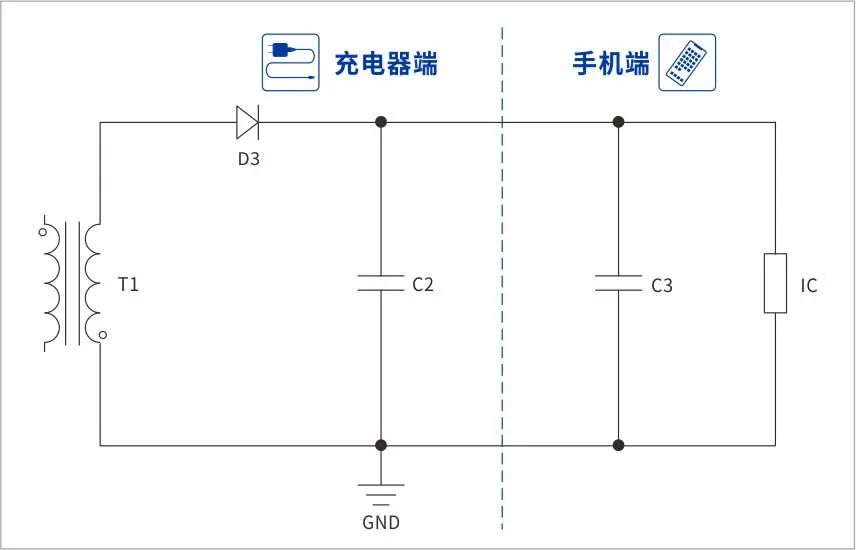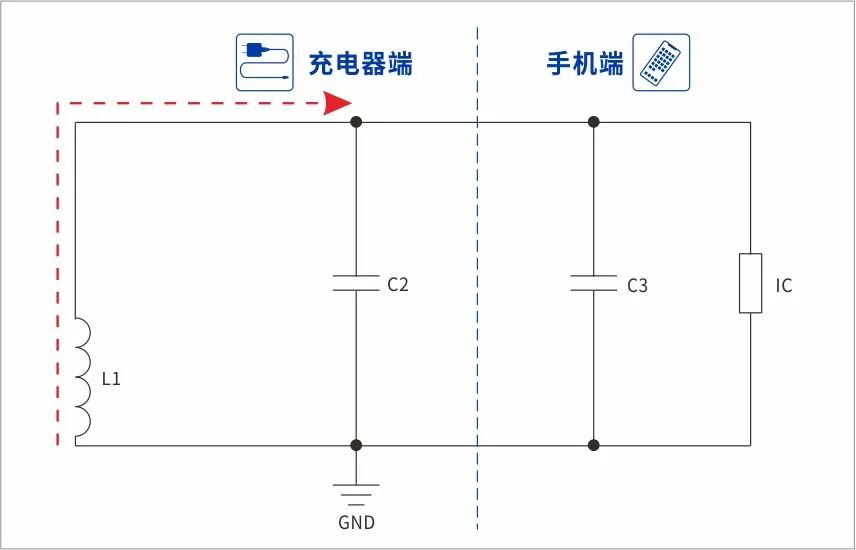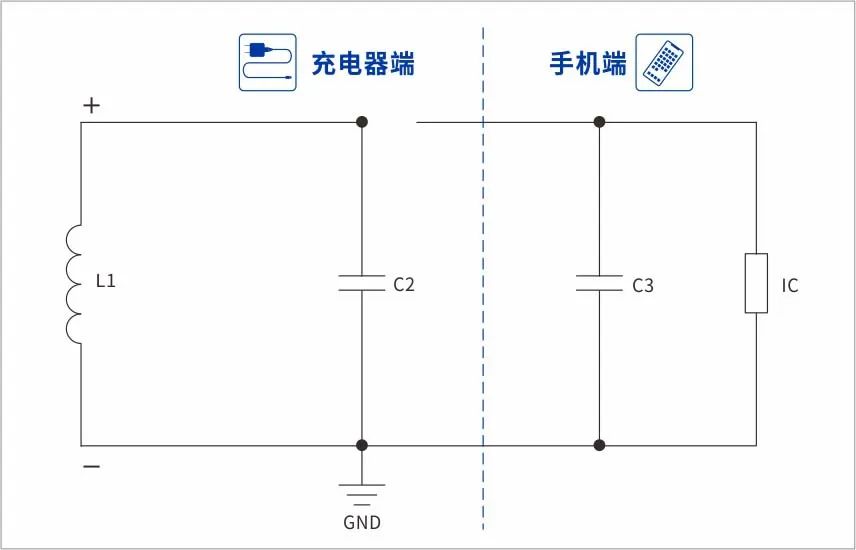Where does the EOS (Small Surge) of mobile terminals come from ?
Mobile terminal products like cell phones, pads, TWS. Have you ever thought about the reason why mobile terminal products cannot be charged after a long time of use?
There are many reasons for not being able to charge, such as charging IC damage, mechanical abrasion of the interface, broken charger, etc. Let\'s analyze a reason that is not paid attention to, but it is easy to lead to no charging -EOS, (EOS generally refers to electrical over stress).
First, let\'s simplify the charging circuit of a fly-back charger.

We know that the transformer has leakage inductance, leakage inductance is beneficial and harmful.
During the charging process, the primary side of T1 provides electromagnetic energy to the secondary side at a certain moment. The optimal situation is that the energy not discharged by the secondary side can be returned to the primary side when the charge is disconnected. However, due to the existence of leakage inductance, a part of the energy will continue to be input to the mobile side.

As shown in the figure above, there will always be some disconnected charging moments, leakage inductance L1 to charge C2, C3, in addition, the charging to the mobile of the entire charging loop actually has inductance. Anyway, we can consider it as L1.
What happens when we disconnect the charge? Note that disconnection is actually a very short time, not 0 microseconds, 0 milliseconds.

As shown in the figure above, the moment of disconnection, the inductance energy release, the direction of the voltage is positive up and negative down, (the characteristics of the inductance is more difficult to understand).How high is the voltage at both ends of charging C2 at this time?
C2 disconnected instantaneous original voltage of V (to the mobile charging voltage), the inductance will also charge C2, C2\'s maximum voltage is set to U1; assuming that we know that the instant of disconnected charging current flowing through the inductance for i, according to the energy swap formula: ![]() can be calculated U1; at this time, the voltage at the ends of C2 should be U1, in the brief period of time, C2, as well as charging line parasitic inductance may continue to C3 charging at this time. IC voltage is very high, we know that any IC has a voltage limit VMAX, if the voltage is too high for a certain period of time, the charging IC will inevitably be damaged and cannot be charged,which is one of our common EOS phenomenon.
can be calculated U1; at this time, the voltage at the ends of C2 should be U1, in the brief period of time, C2, as well as charging line parasitic inductance may continue to C3 charging at this time. IC voltage is very high, we know that any IC has a voltage limit VMAX, if the voltage is too high for a certain period of time, the charging IC will inevitably be damaged and cannot be charged,which is one of our common EOS phenomenon.
If you use an inferior charger, the process of plugging and unplugging the charging cable is more prone to over voltage, but not every time.
So how to effectively protect the EOS, this is the next issue we will continue to explore.
Bencent Electronics has been committed to over-voltage protection for 24 years,, we have included a lot of practical cases and we are happy to share and communicate with you. Pay attention to Bencent Electronics public number and discuss over-voltage protection together.


